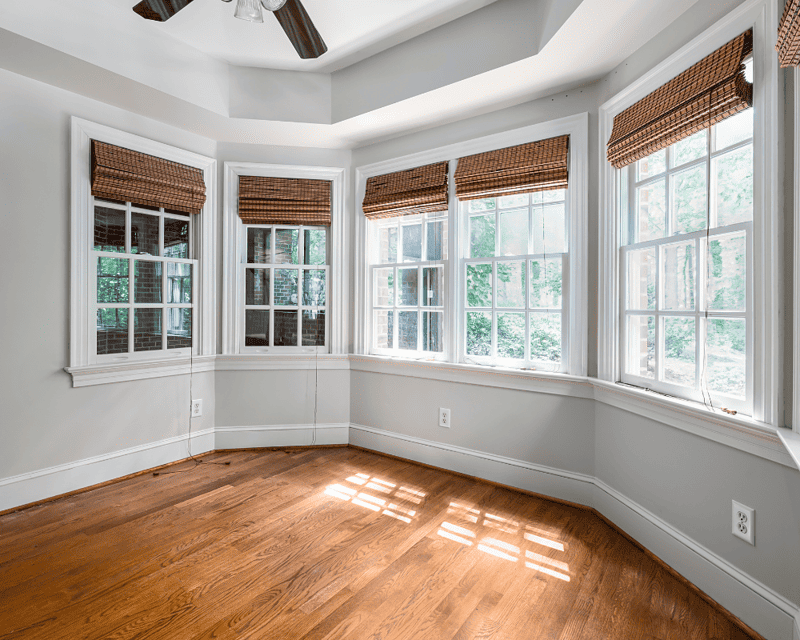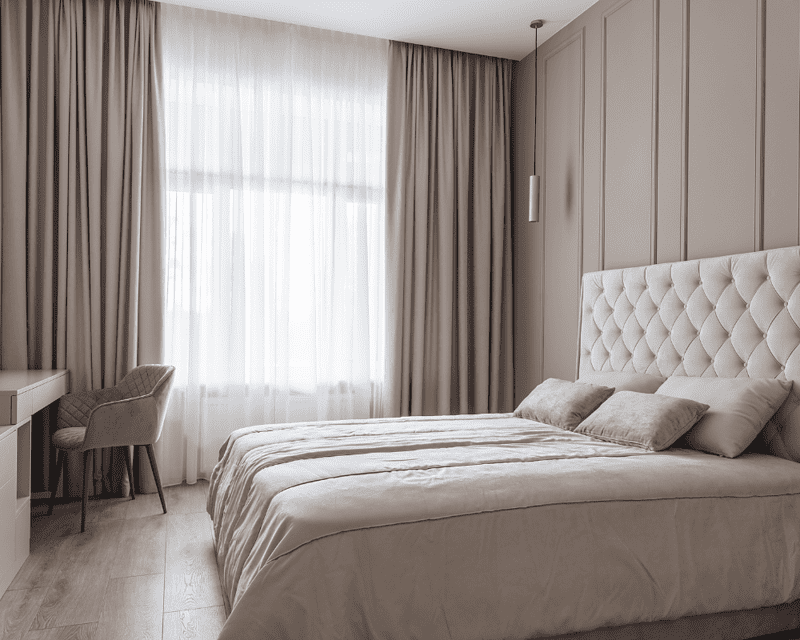It’s not uncommon for homes to experience heat loss due to leakages and poor wall insulation. That can eventually affect your home’s overall energy efficiency. During a recent UK survey, 60% of estate agents say homes with higher Energy Performance Certificate (EPC) ratings command higher value in the current market, indicating the benefit of ensuring your house is energy efficient and taking steps to prevent heat loss. Fortunately, you can do several home improvements, both large and minor, to achieve it, including the five simple tips below.
1. Upgrade your windows

Non-energy-efficient windows can easily lose a lot of heat and are among the leading causes of energy loss in a house. It’s a reasonable investment to upgrade your windows to energy-efficient ones. Alternatively, you might invest in efficiency enhancements for your existing windows. For instance, new frames, caulking around your window seams, weather stripping or applying window film are inexpensive ways to keep the chilly air outside.
2. Roof upgrade and loft insulation
Insulating your loft, attic, or flat roof is a good strategy to prevent heat loss and lower heating expenditures. When properly installed, loft insulation has the potential to generate significant financial returns throughout its lifespan of 40 years, according to Energy Saving Trust. Upgrading your roofing system may also significantly reduce heat loss. You may reduce heat transmission from your house’s interior to the outside environment in several ways, including enhancing insulation, closing gaps or leaks, and choosing energy-efficient roofing materials. Are you considering upgrading your roof? A few online retailers like https://clearambershop.com offer various options for maximum returns.
3. Get a chimney damper
Installing a chimney damper to prevent heat loss in your house is an excellent method. A fireplace damper is a mechanism that lies within the chimney vent and controls the airflow by opening and closing. When a fireplace is unused, chimney dampers operate as seals, preventing heat loss. If there is no fire, an exposed chimney allows chilly air to enter your home. Just remember to keep your damper open when you’re building a fire.
4. Close vents and doors in unused rooms
If you spend most of your time in only certain rooms during the day, it’s best to shut the doors to the other rooms. Doing this helps prevent you from wasting time and money heating your entire house. Instead, focus on heating only the areas in use. Heat naturally migrates to chilly regions, and closing doors will assist in retaining the heat where you require it. Also, close the vents in empty rooms to avoid overheating the space. With this approach, you can minimise heat loss while saving money on your energy expenses.
5. Hang heavy curtains

Curtains are excellent for limiting heat loss. You can purchase heavy-duty curtains or add a thermal lining to your current ones for more insulation. However, avoid draping your curtains over radiators since this might prevent the warmth from heating the space. Even if you don’t want curtains in the summer, hanging them in the winter is worthwhile. You don’t want to lose the warmth you’ve created in a space. Thick drapes that sit securely over the window will assist in trapping heat by forming a seal.
